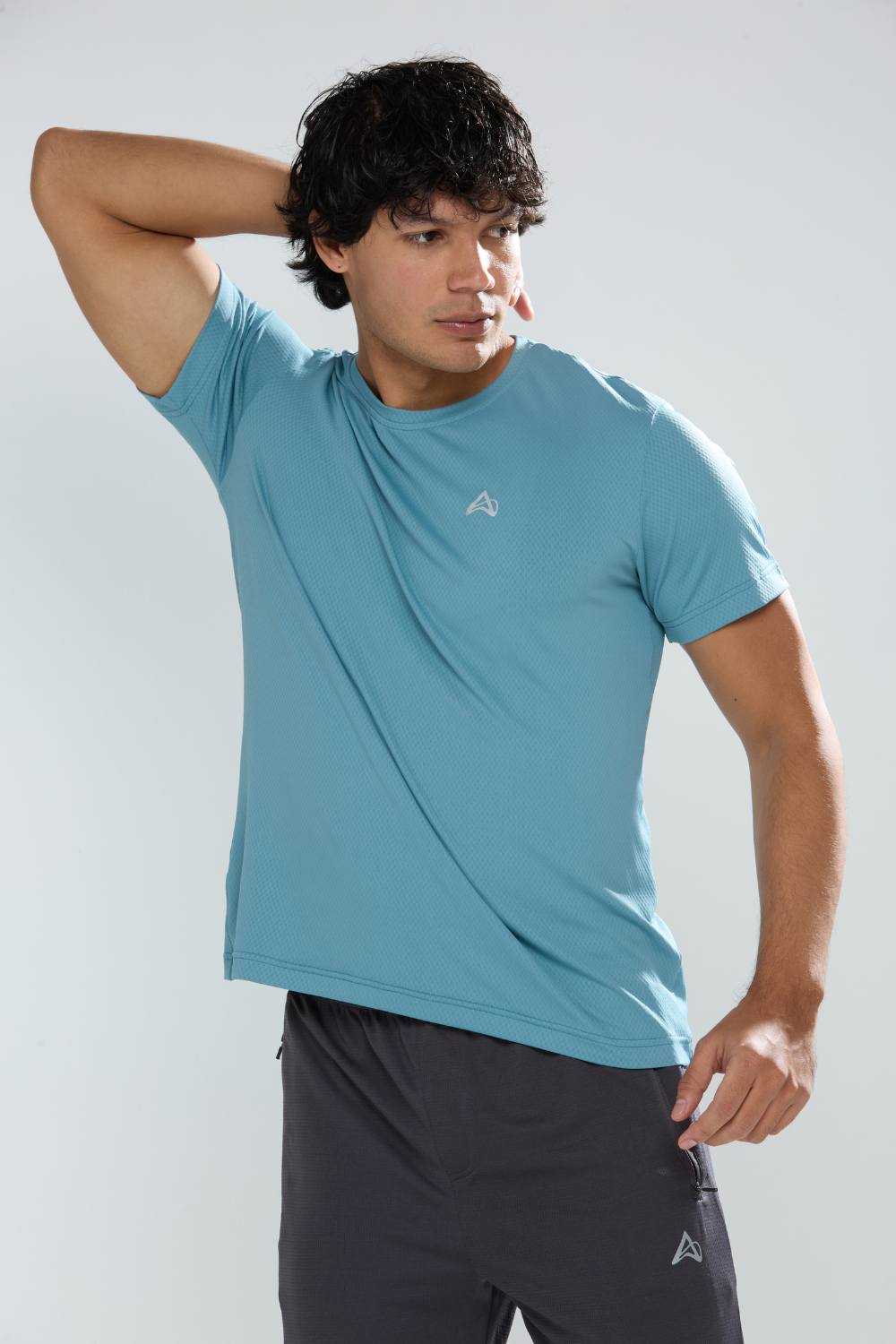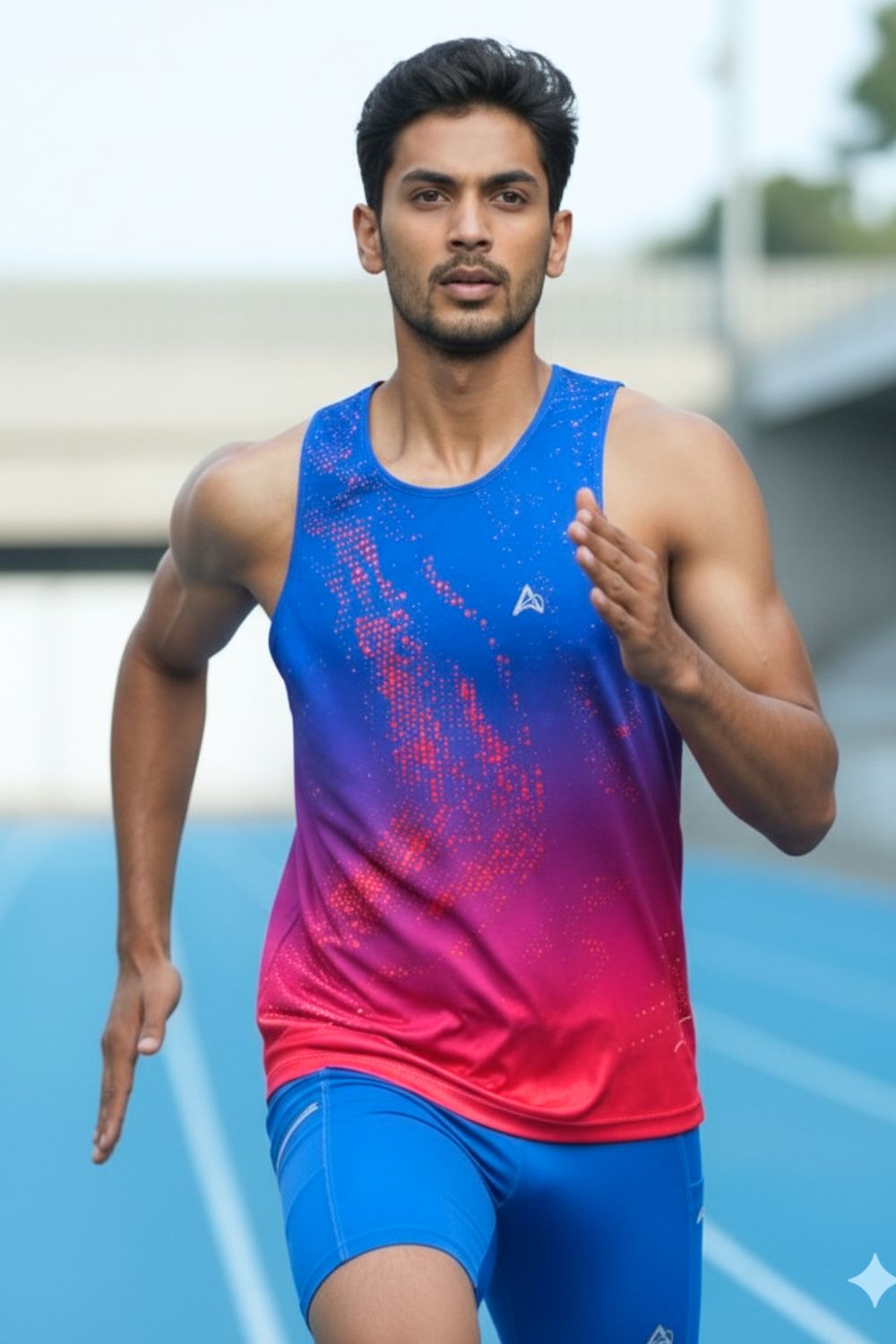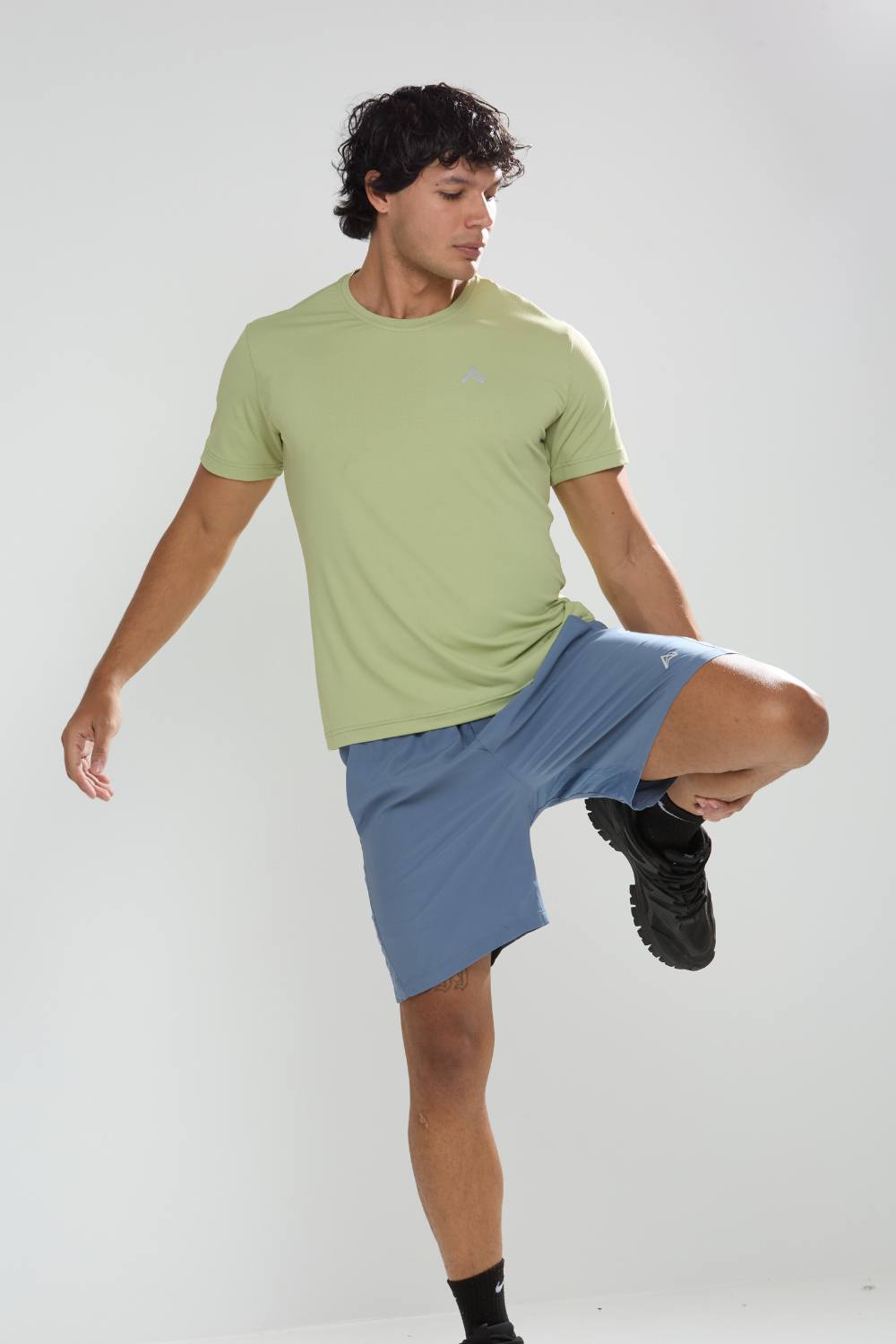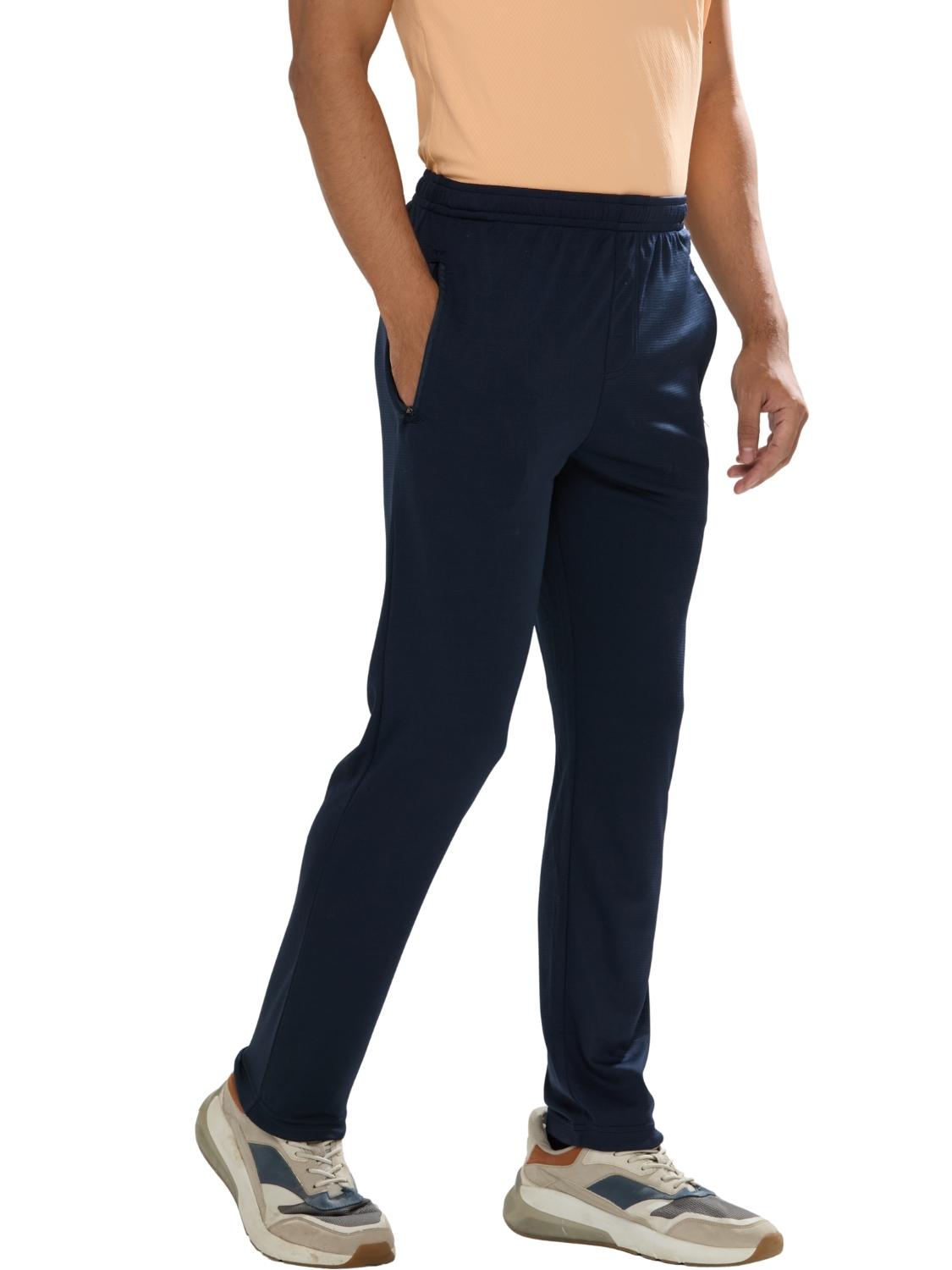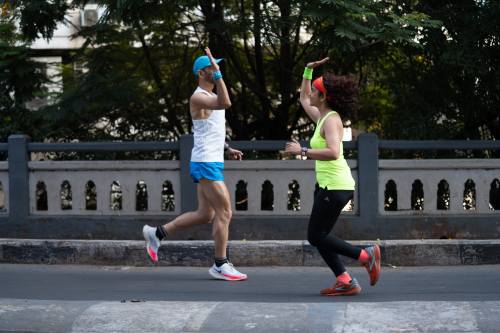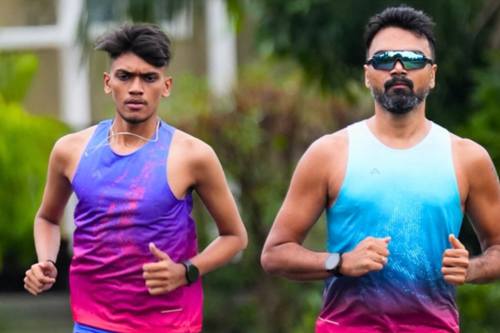Quick Listen:
Envision the relentless assault of a Mumbai midday sun, where humidity wraps around you like a sodden blanket, turning every step into a battle against your own perspiration. Midway through a grueling half-marathon, your pulse thunders, muscles burn, yet victory feels distant amid the chafe of a drenched jersey and the stifling grip of heat-trapping shorts. This is the stark reality for runners across India's tropical expanse from Bangalore's sun-baked boulevards to Ahmedabad's arid tracks where discomfort doesn't just hinder; it erodes the sheer thrill of motion. But amid this swelter, a surge of fabric innovations is reshaping the landscape, converting laborious treks into seamless strides of liberation. We explore these pivotal shifts in Breathable Fabrics for Tropical Climates, uncovering how advanced textiles are elevating activewear from mere utility to a cornerstone of athletic prowess in muggy, unforgiving environs.
Tired of gear that slows you down? Chafing, soggy fabrics, and missing pockets kill your run's momentum. At Aguante, we're runners who get it. Our high-performance activewear features moisture-wicking fabrics, ergonomic designs, and smart storage to keep you focused. Shop Now!
The Imperative of Breathable Fabrics in Torrid Zones
In urban hubs like Hyderabad and Pune, where thermometers routinely spike beyond 40 degrees Celsius and monsoon deluges infuse the air with cloying dampness, apparel transcends fashion it's a survival tool. Conventional cotton garments, once staples, now betray their wearers by soaking up sweat like sponges, morphing into cumbersome, microbial hotspots that impede progress and court injury. Breathable fabrics, however, stand as paragons of engineering ingenuity: they siphon moisture from the skin, facilitate convective airflow, and facilitate the dissipation of bodily heat, sustaining equilibrium without cumbersome add-ons like portable chillers. For Aguante, a brand forged in these very crucibles of climate, such materials aren't theoretical pursuits. Their lineup emerges directly from the gauntlet of Indian endurance athletics jagged paths, unyielding moistness, and sessions spanning Delhi's predawn bazaars to Gurugram's after-dusk hustles.
Aguante upends the paradigm of off-the-rack athletic attire. Dismiss the homogenized imports calibrated for temperate Euro dawns; their offerings boast moisture-wicking fabrics that evacuate perspiration with startling efficiency, complemented by anti-friction interiors that permit endless mileage sans abrasion. Pockets engineered for stability cradle essentials smartphones, energy gels devoid of jostle, while luminous accents ensure visibility on Navi Mumbai's fog-shrouded seaside routes. Validation comes not from sterile simulations but from flesh-and-blood testers: when Surat's furnace-like intensity peaks, Aguante's ensemble remains steadfast, a reliable ally in the fray.
This precision tailoring underscores a broader truth: in tropical theaters, breathability isn't an enhancement it's foundational. Runners in these regions, often navigating mixed terrains from Mumbai's coastal flats to Pune's undulating outskirts, demand gear that anticipates the body's thermal revolt. Aguante delivers by prioritizing elements runners obsess over fabrics that evaporate sweat post-stride, silhouettes that conform without confining, and integrations like reflective piping for safety amid erratic traffic. Such attentiveness fosters not just endurance but exhilaration, transforming potential dropouts into devoted finish-line crossers.
Breakthroughs in Fabric Engineering: Mastering the Micro
The ascent of these textiles traces to a confluence of materials science and bio-mimicry, yielding solutions as astute as they are audacious. Consider infrared-transparent visible-opaque fabrics, pioneered in a 2015 investigation by Svetlana Boriskina and colleagues. This paradigm employs textiles that permit the human form's infrared emissions to pierce through unimpeded, effecting passive thermoregulation by channeling heat skyward sans energy input. The framework demands at least 64.4% IR transmittance and caps reflection at 20% to uphold comfort up to 26.1°C (79°F). Achieved via low-absorbance polymer filaments think polyethylene strands of 1-micrometer diameter bundled into 30-micrometer yarns these yield a hemispherical IR transmittance nearing 97.2%, rivaling optical clarity in the thermal spectrum while upholding visible opacity akin to standard weaves. Such apparel promises HVAC energy slashes through everyday wearability.
Propelling forward to 2020, Jian Xu's team introduced a generalized bioinspired approach to daytime radiative cooling, drawing from polar bear pelage's synergistic optics. By fusing a polydimethylsiloxane layer atop a polyethylene aerogel of 97.9% porosity and 3.8 ± 1.4 micrometer pores, they secured 96% solar reflectance alongside 80% thermal energy transparency at a mere 2.7-millimeter thickness. The aerogel's scant 0.032 W/m·K conductivity yields 5-6°C sub-ambient reductions amid cityscapes, scalable to 14°C ideally flexible, recyclable, and primed for scalable deployment. These aren't speculative sketches; they're infiltrating wardrobes, merging porosity with minimal conduction for fabrics that actively repel solar onslaught while exuding internal warmth.
Augmenting these are stalwarts like mesh venting and quadri-directional elasticity, forging ensembles that yield to biomechanics rather than resist. In humidity-laden tropics, where vapor lingers like a shroud, integrations of phase-change matrices crystalline compounds that hoard surplus heat in exertion, liberating it in repose prove game-changers. The chasm between laboring through Delhi's smog-veiled 10Ks and surging unburdened is profound, sharpening focus amid fervor. Aguante operationalizes this via minutiae: imperceptible joins averting dermal distress on slicked surfaces, all at equitable tariffs elite efficacy minus exorbitant premiums.
Eco-stewardship interlaces these advances, as discerning athletes shun disposability. Recycled synthetics and botanical derivations now rival synthetics in ventilation, curtailing fast-fashion's carbon freight. In Mumbai's verdant-scarce skyline, where smog is perennial, this resonates: attire that cools the wearer while lightening planetary load, embodying deliberate exertion in an era of excess.
Aguante at the Vanguard: Trials in Tropical Crucibles
India's kaleidoscopic jogging ethos spanning Bangalore's innovation-driven loops to Gurugram's elevation challenges serves as the ultimate forge for fabric fortitude. Aguante's shirts excel in these arenas, fixated on athlete imperatives: rapid desiccation, ergonomic embrace, and airflow corridors targeting hotspots like axillae, dorsal expanses, and femoral zones. Testimonials abound: participants sustain aridity protractedly, eclipsing benchmarks unhampered by sodden drag. This embodies indigenous ingenuity contoured for subcontinental physiques, vetted on domestic byways, from Pune's level expanses to Ahmedabad's rugged contours.
Extrapolate globally, and parallels emerge in Southeast Asia's forested paths or Latin America's littoral laps, where peers pioneer congruent modalities. Athlete anecdotes echo across Indian digital spheres Instagram chronicles from Pune pacesetters, Facebook forums buzzing with Hyderabad hydration hacks, YouTube vignettes dissecting Delhi durability. A standout clip features a Mumbai ultra-marathoner attributing tempo gains to ventilated tights, her triumph unshadowed by fatigue. These vignettes affirm: ventilative evolutions are equalizing summit-tier aptitude for the throng.
Aguante distinguishes via authenticity. Contra transcontinental behemoths crafting overseas at inflated costs, they localize procurement and production, fusing international benchmarks with vernacular wisdom from Surat's sidewalk sprinters to Navi Mumbai's nautical nomads. Their ecosystem thrives on Instagram reels of monsoon-proof pouches, Facebook tales of twilight tracers, YouTube deep-dives into weave wizardry. This fabric pun intended feels bespoke, attuned to the perspiration and spirit of equatorial grit, drawing from a cadre of coaches and casuals whose feeds pulse with progress.
Contending with Thermals: Hurdles in the Swelter
Yet, for their vanguard status, these weaves harbor frailties. Ambient vapor doesn't merely probe permeability; it erodes resilience, with profuse dampness fraying strands over cycles, inciting fuzz or fissures amid Delhi's mineral-laced rinses. Countermeasures fortified lattices, bacterial barriers proliferate, though equilibrium eludes: excess fortification risks the ethereal tactility athletes prize.
Comfort's skirmish with constriction looms larger. Permeable lattices master circulation yet falter in bolstering during percussive phases, courting weariness on extended forays beyond Pune's periphery. Aguante navigates via compartmentalized builds: breezy swaths at thermal epicenters, taut reinforcements at fulcrums of poise. Echoing a YouTube thread from Bangalore veterans: "Progress, not panacea kit bridging nine-tenths, liberating the finale to instinct."
Affordability infiltrates as impediment. Avant-garde integrations inflate tags, marginalizing fiscal-frugal foes in nascent enclaves like Surat. Nonetheless, vistas gleam: the worldwide cooling textile domain, appraised at USD 1.85 billion in 2024, surges toward USD 4.5 billion by 2032 via 8.1% CAGR, propelled by athletics, therapeutics, tactical spheres. Parallel augurs cite USD 2.70 billion in 2024 escalating to USD 4.08 billion by 2030 at 7.1% clip, as patrons clamor for solace across labors, leisure, clinics cooling compresses for febrile wards, shields for forge forges. A 7.75% trajectory from USD 1.99 billion in 2025 to USD 3.62 billion by 2033 underscores permeation: ventilativity evolves from outlier to orthodoxy, buoyed by fiscal upswings, lifestyle pivots, PCMs, savvy weaves, and polity-backed R&D.
These trajectories illuminate diversification: beyond tracks, into medical mantles for thermal-sensitive therapies, industrial garb averting heatstroke in sweltering scaffolds, even bespoke modes harmonizing utility with aesthetics. E-commerce amplification extends this, empowering marques to infiltrate global niches via pinpointed campaigns Instagram ads for Mumbai milers, YouTube tutorials for Hyderabad hybrids.
Harnessing Humidity: Prospects in the Tropic Belt
Tropical vitality's efflorescence is Aguante's coliseum. Proliferating packs in Bangalore and Hyderabad, digitals morphing idlers into Mumbai masses, ignite clamor for attuned armament. Such novelties transcend commerce; they cultivate fealty, as devotees recommit to marques mirroring their toil. Aguante's forthright valuation hometown caliber sans levy poises them to harness this tide, burgeoning from bastions like Delhi and Pune to latent lairs in Ahmedabad and Surat.
Horizons broaden manifold. As exertion globalizes, equatorial ethos permeates: ASEAN outflows, Iberian infusions, Yankee solstice squads acclimating to vapor vaults. For Aguante, nexus is communal harnessing Instagram avatars assaying in authentic assaults, YouTube autopsies of thread triumphs, Facebook fluxes from collective cruises. This magnetics lures leads innately, transmuting feeds to fulfillments sans coercion, leveraging lists of lithe influencers from Pune to Navi Mumbai.
Moreover, sustainability surges as stratagem. With edicts like Europe's 50% recycled mandate by 2024 escalating to 75% by 2029 marques pivot to bamboo, reclaimed cottons, graphenes boosting dissipation 60%. Aguante aligns, infusing verdant variants that wick sans waste, appealing to eco-ethos in pollution-plagued Pune, amplifying allure across social spectra.
Venturing Beyond the Veil: A Ventilated Tomorrow
Gazing onward, breathable weaves brim with boundless potential: sensor-laced smart-skins modulating chill on-the-fly, or wholly compostable composites dissolving benignly. Visionaries posit fusions of IR conduits and photovoltaic repellers, amplifying sub-ambient plunges to 14°C beneath pristine vaults. For contenders, dictum distills: procure panoply attuned to topography, assaying boundaries bereft of bother. Enterprises, heed: attune to athletes, refine rigorously, internalize: amid equators, novelty isn't elective it's elixir.
Aguante intuits this axiomatically. Anchoring blueprints in Bharat's brutalities thrum of blaze, clasp of clime, rigor of routes they transcend habiliment; they ignite aspirations. As you cinch laces for Gurugram's auroral assault or Surat's crepuscular charge, sense the weave respire in tandem. In a globe scalding swifter than sprints, this transcends solace it's subtle sedition.
Frequently Asked Questions
What makes breathable fabrics essential for running in tropical climates like India?
Breathable fabrics are crucial in tropical climates because they actively wick moisture away from the skin, facilitate airflow, and help dissipate body heat to maintain thermal equilibrium. In cities like Mumbai, Delhi, and Bangalore where temperatures exceed 40°C with high humidity, conventional cotton garments become waterlogged and can lead to chafing and overheating. Advanced breathable fabrics use moisture-wicking technology and anti-friction interiors to keep runners comfortable and performing at their best.
How do infrared-transparent fabrics work for cooling in hot weather?
Infrared-transparent fabrics work by allowing the human body's natural infrared heat emissions to pass through the material unimpeded, creating passive cooling without requiring any energy input. These fabrics achieve at least 64.4% IR transmittance using specialized polymer filaments like polyethylene strands, which can provide cooling effects of 5-6°C below ambient temperature in urban environments. This technology mimics natural cooling mechanisms and can potentially reach up to 14°C cooling under ideal conditions.
What is the projected growth of the cooling fabrics market for athletic wear?
The global cooling fabrics market is experiencing significant growth, valued at approximately USD 1.85-2.70 billion in 2024 and projected to reach USD 4.08-4.5 billion by 2030-2032, representing a compound annual growth rate (CAGR) of 7.1-8.1%. This growth is driven by increasing demand from athletics, medical applications, and industrial sectors, with particular expansion in tropical regions where heat management in activewear is essential for performance and comfort.
Disclaimer: The above helpful resources content contains personal opinions and experiences. The information provided is for general knowledge and does not constitute professional advice.
You may also be interested in: Breathable Singlets Redefine Comfort for Indian Runners
Tired of gear that slows you down? Chafing, soggy fabrics, and missing pockets kill your run's momentum. At Aguante, we're runners who get it. Our high-performance activewear features moisture-wicking fabrics, ergonomic designs, and smart storage to keep you focused. Shop Now!
Powered by flareAI.co





